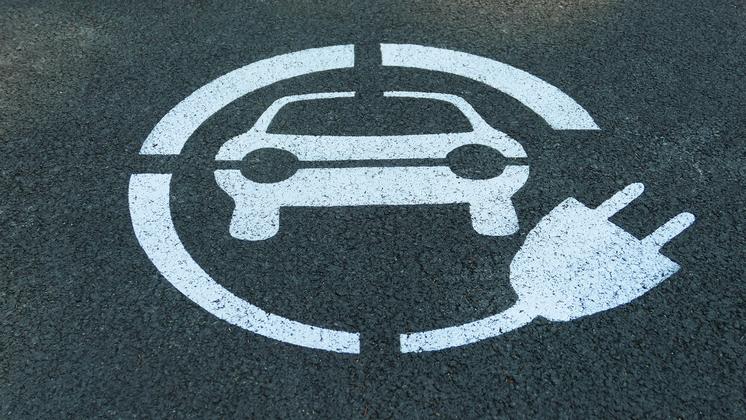E mobility and the roll-out of charging stations



Transportation is undeniably a major contributor to global CO2 emissions. Indeed, it accounts for almost a quarter of global emissions from energy. In particular, passenger cars are responsible for almost half of road transportation emissions from energy globally. Within the framework of the Paris climate accord, countries have agreed to become net zero by 2050 in response to the necessity to fight global warming and move towards carbon neutrality. While the road to carbon neutrality and the subsequent reduction of C02 has been bumpy, with lots of potholes and without much success so far, the EU has started to focus on electric cars and to support the transformation process of the car industry towards decarbonisation. Winds of change are now ruling the European Union: According to the proposals of the European Commission “Fit for 55” plan, in the transport sector in Europe in 2035, only CO2-neutral vehicles will be registered in the transport sector in Europe.
The electric car has, in theory, a lower carbon footprint, depending on how the electricity has been produced. However, next to a long charge time and limited driving range, the lack of charging stations is another negative. In particular, the availability of charging infrastructure is mentioned as crucial for a purchasing decision. To be blunt: The German Federal traffic minister Wissing has been quoted as roughly stating: ‘Nobody will buy an electric car if the driver has to wait for hours at the charging point’.

The electric car market has been in good shape for a long time. In 2020, despite a global contraction of 16% of the global car market, there was a 41% increase in electric cars from the previous year. The Chinese electric car market is by far the largest market and in January, had a share of 19%. Moreover, the European BEV market share was hitting 12% in Q3, helped by many subsidies. The current U.S. President wants 50% of all new vehicles sold to be electric or plug-in hybrid electric models. Overall, the global electric car forecast could reach over 10m in 2022 or around 12% of global car sales. A forecast similar to that of Komax in the Schleuniger transaction stated that by 2028, the number of e-vehicles produced will rise by more than 25% annually. In another forecast, the International Energy Agency predicted in early 2021, that the number of electric cars, buses, vans and heavy trucks on roads is expected to hit 145 million by 2030, up from 11million, corresponding to a CAGR of 29%. In their Sustainable Development Scenario, the global fleet could be 230million (i.e. a CAGR of 35%).
The growth of electric cars has been explosive, however charging stations’ growth has not kept up. In a report of the German association of car producers (VDA), Europe has on average one charging point for 887 passenger cars. The Netherlands topped the chart with 109 passenger cars to one charging
point.
The new German government wants a million charging points in its coalition agreement until 2030. These will include not just fast charging, but charging points at home, at supermarkets and at work. The VDA stated that at the current insufficient speed of installation, only 160000 charging stations would be available by 2030.
In the U.S., in February, the current administration decided on subsidy packages for USD 5bn. for the construction of charging on the Interstate. ABB e-mobility, the spin-off company of ABB, is the market leader and has a broad product portfolio which includes hardware and software. The business is guiding for a mid-term revenue growth of 25%-30% (22: 40-45%) and has mentioned market growth of around 23% in 21-26.
The most interesting technological trend is, in our view, fast-charging, with
charging times below 15 minutes being mooted (80% State of Charge). However, at present not many cars are technologically able to accept high power charging.
The charging point market is likely to grow very strongly - more so than the electric car market, as the charging market desperately needs to catch-up. Growth rates could beat even ambitious estimates. There will undoubtedly soon be a lot more electric cars on the road and in order to support this, charging point growth will be very substantial. Whilst Rome was not built in a day, and the same goes for charging point infrastructure, growth will continue for many years to come.
La presente publicación ha sido elaborada por Mirabaud. No está destinada a ser distribuida, divulgada, publicada o utilizada en ninguna jurisdicción en la que dicha distribución, divulgación, publicación o uso esté prohibido. No está dirigida a personas o entidades a las que resulte ilegal enviar dicha publicación.
Leer más
Continuar con
Sustainable and Responsible Investing
